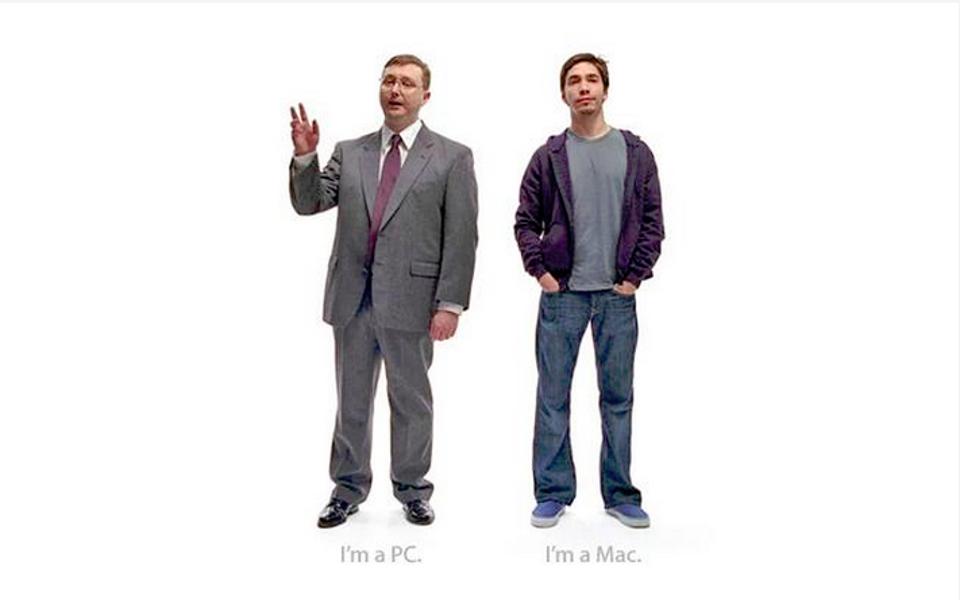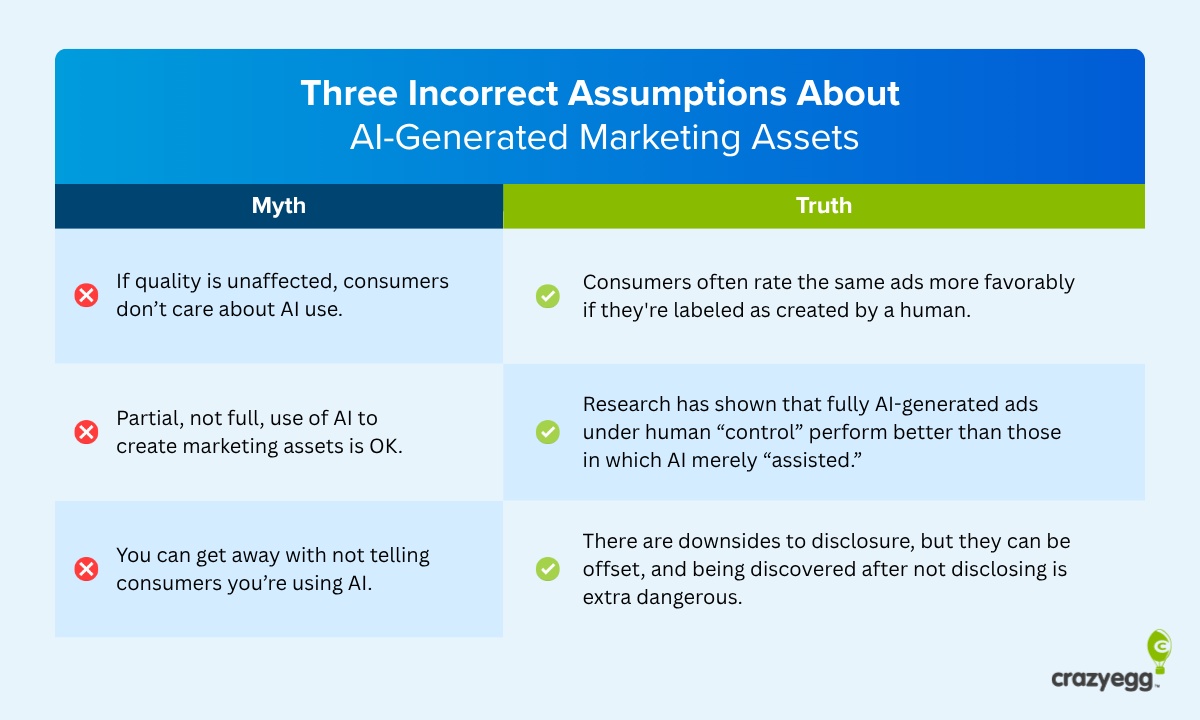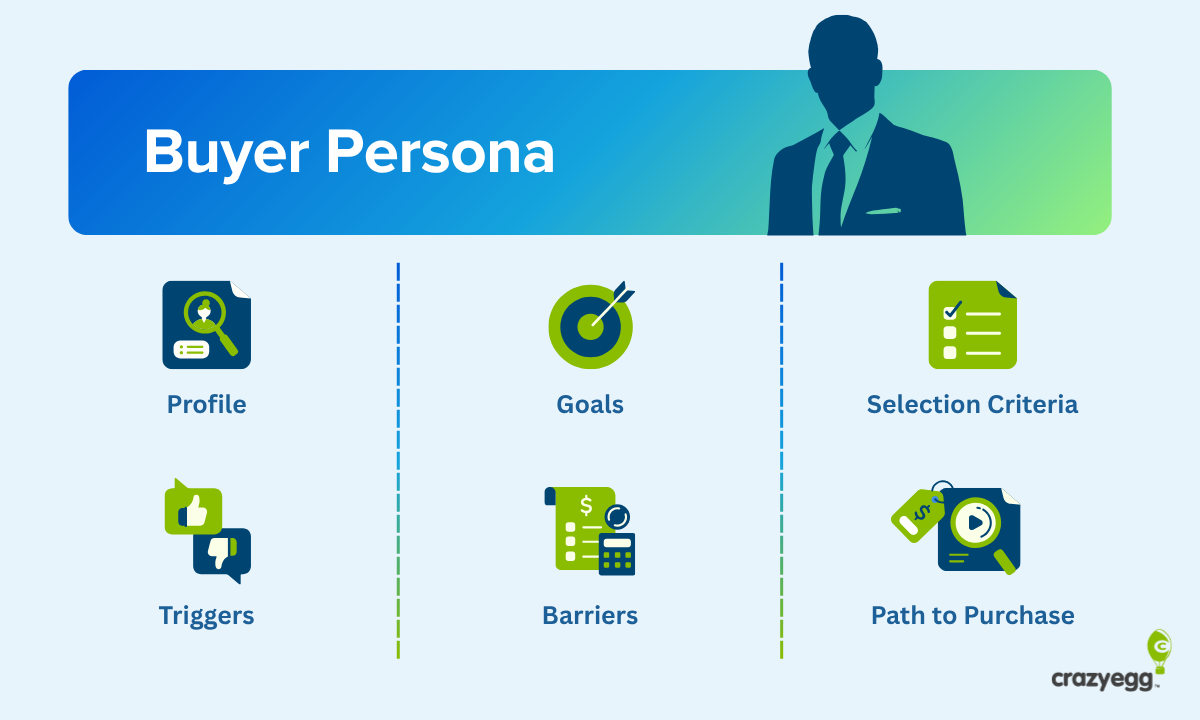Apple may go head to head with other manufacturers like Samsung to gain consumer attention, but Apple has never had a race-to-the-bottom price war.
They don’t try to compete on price, and they don’t have to.
Steve Jobs and his team excelled at manufacturing and marketing consumer products that consumers love. Apple’s marketing is so effective, in fact, that it has become a benchmark for other companies who want to achieve the same global popularity, revenue growth and staying power.
Regardless of your industry, product or service, there are a few things to be learned from Apple’s marketing.
Apple’s Marketing is Built on Simplicity
Apple products speak for themselves. That’s how Apple has consistently positioned their marketing, keeping messaging and visuals simple. Most of the marketing is free of things like feature lists, pricing, or expensive special effects.
They know the product will sell itself without relying on pomp and circumstance. With stripped down content and simple advertising, they’ve gone on to sell more than 1.5 billion products.
The logo is a perfect example of their simplicity – a simple apple shape with a chunk missing. There are no clever words to accompany it – none are necessary. Why rely on words when visuals will suffice?
According to CEB, the most effective way to sell a product to a consumer isn’t through complicated advertisements, flashy websites, or hyper-inflated ad copy. You reach them by simplifying the decision making process.
The Powerful Narrative
Steve Jobs built Apple around a particular set of core values, and a customer-focused narrative. Rather than just viewing operations as “operations”, the company makes it a point to show that in every aspect of operation they stand for something.
Apple is about enriching the lives of its consumers. This is marketed in everything they do:
- Employees carry cards reminding them of the importance of company values
- Salespeople get paid without commission, allowing them to focus on helping customers rather than closing the sale
- Play areas for the children of Apple customers
- The Genius Bar
Part of Apple’s narrative is how they overcame the challenges in the early days of the startup, and how Steve Jobs and his team led Apple to greatness through innovation. That’s the kind of narrative that people relate to – one that pulls at their heartstrings and connects them to a brand.
Consistency, from product to core values, reinforces the beliefs of an audience. It tells a customer they can always rely on you to deliver on your promise.
You see that same kind of narrative in companies like Beard Brand, Burt’s Bees and Nike who use powerful, moving stories to elevate the brand and forge lasting connections to better engage their customers.
Reach Consumer Emotions with the Right Language
Apple has clearly gone to great lengths to understand their target customer; how they think, how they speak, the language they use, their habits, their likes, dislikes and more. They know how to talk to customers in their own language, rather than trying to talk them like a sales person.
That kind of understanding creates an amazing bond between a prospective customer and a brand, and a lasting connection for an existing customer.
The PC vs. Mac ads show that Apple understands the frustrated PC user looking for a better solution. It’s simplistic advertising spoken in a language that virtually any prospective customer could understand.
There was no jargon or explanations that could be confusing to a basic PC user, and that kind of approach continues to win over a lot of customers.
Other ads show happy people having a great time with the simplicity of their iPads. This consistent display of positive emotion is the driving force behind sales. They’re not selling more storage, or more battery life.
Apple is selling the emotion of contented happiness that comes from a simplified lifestyle; a result of owning an Apple product.
They Create Mystery and Buzz
Typically, when a company launches a product, the marketing team will drop knowledge on the audience and reveal all of the information up front. The intent is to tell customers everything about a product to get them excited.
Apple takes a different approach, creating excitement by withholding information around new products as they tease it out. Creating mystery around product launches is one of their best marketing tactics.
It’s an approach that turns existing customers into rabid fans, driving them to scour the web for more information and share everything they find. It also helps to turn heads by tapping into the curiosity of prospective customers.
Apple has even gone as far as to “accidentally” leak information and let rumors slip to get customers and fans talking, well ahead of any official product launches or announcements.
Apple Leverages its Community
Over time, Apple users have formed a fairly tight community that includes people from all walks of life. Executives, artists, musicians, designers, professionals, writers, kids, teens and retirees.
It’s this active community that helps to promote the product both within the active users and customers as well as outside to potential prospects.
Apple leverages this community by taking advantage of the testimonials and reviews. Apple knows it serves an elite audience of the most devoted users, but that devotion is one of the main driving forces behind Apple’s growth and brand lift – especially considering 63% of consumers indicate they are more likely to purchase from an online store that lists ratings and reviews.
Whether it’s Amazon, Best Buy or other marketplace, Apple users leave positive reviews and testimonials en masse.
It’s smart of Apple to leverage those reviews, and keep them front and center on product pages. 92% of consumers rely on peer reviews to help make a purchase decision as opposed to being influenced by brand advertising.
This is a simple tactic any brand can utilize, especially with the number of tools available that help ecommerce brands bolster conversions with social proof through testimonials and reviews.
But social proof isn’t just limited to product reviews on a site. It also includes a lot of direct engagement between users and brands in social media.
Not for Apple, though.
The sense of “brand love” that comes from its community, as well as the media, as palpable – evident by the company’s social media policy (or lack thereof). You won’t find official tweets or Facebook updates from the brand, though they do have product-focused channels on Twitter. You also don’t find posts about new product updates and announcements coming direct from the brand.
But why is that?
Countless companies cherish, and for some require, the reach of social media channels to promote their newest products. They also use those channels to handle PR if something goes down and they need to minimize damage.
Unlike others, Apple is a unique case. You would be hard pressed to find another brand in the world so loved. With practical ownership of the news and mainstream media, Apple knows their community will carry the message of new launches, news and updates.
It appears one of Apple’s marketing strategies is only to use channels that they know they have 100% control of. Social media isn’t one of those channels. Think about that for a while ;).
Notice anything missing from Apple.com’s footer?
Position it as More than a Product
Apple has done tremendously well when it comes to creating experiences for their customer. They don’t just create products. They create something that is designed to improve the lives of their customers. To market that, they create experiences that are memorable and keep people coming back.
Few brands have gone the route of creating stores devoted to their products, like Apple stores. Even fewer create events that rival rock concerts to celebrate and announce new products.
Even the earliest ads positioned Apple products as an experience, and not just some tech accessory or gadget.
Extensive Product Placement
Here’s something that you don’t hear about much, but it’s an integral part of Apple’s marketing.
The company has deep roots in Hollywood. In a federal court, Apple revealed that it relies heavily on product placement.
“Apple’s employees work closely with Hollywood on so-called product placement so its gadgets are used in movies and television shows.”
-Phil Schiller, Apple’s SVP of global marketing.
In an interview with Businessweek, Zombieland and Curb Your Enthusiasm producer Gavin Polone said:
“Apple won’t pay to have their products features, but they are more than willing to hand out endless amount of computers, iPads and iPhones.”
It’s genius for the company, as the cost is no more than the hardware itself, and offering it up for free can shave tens of thousands from television and film budgets while putting the products in the spotlight in front of millions of people.
Push the Unique Value Proposition
One of the things that continues to impress me about Apple is the way they don’t get into constant price wars. Sure, there’s been some price adjustments over the years as Samsung has gone toe to toe with them, but as I mentioned earlier, there’s never been a race to the bottom.
Apple consistently focuses on its value propositions over features and price. And despite being, arguably, the most expensive brand for a number of products, they continue to outperform competitors.
They can do that because of the effectiveness of their marketing; it sinks home the value of the product and creates a need for the prospective customer.
This ad for the iPod is a perfect example.
No jargon, no technical details, no sales message. Just pure value.
Couple the value propositions with the cool features and extensive usability of Apple products, and it’s a combination that is built to drive advocacy and viral acceptance. Whatever the brand offers, customers are willing to pay the elevated cost because they know the value they’ll get from the product.
Conclusion
Apple’s marketing strategy, not surprisingly, continues to drive revenue and growth for the company worldwide. Virtually any organization could achieve the same results if they apply some of the same tactics to the launch of new products, and the promotion of existing products and services.

















